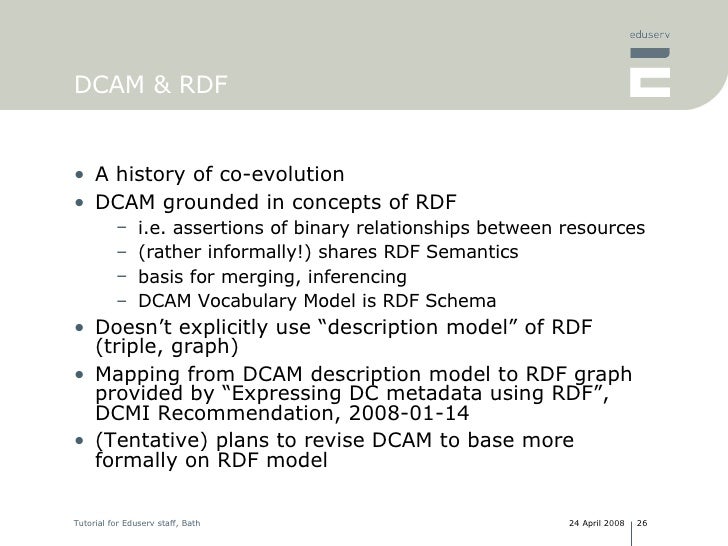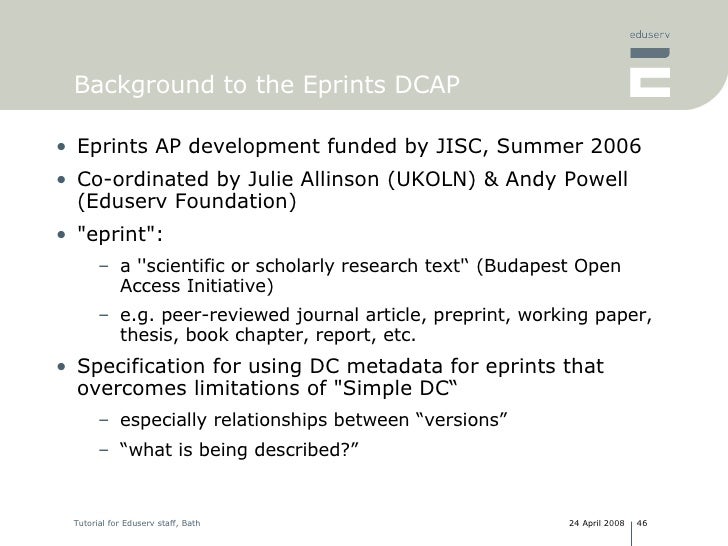

Safety is clearly paramount for her during her teaching. Kate goes above and beyond to take care of her team members by suggesting edits to the exercise tailored to any injuries we may be currently carrying. Since our changed world, Kate has seamlessly moved her classes to Zoom which works very well – and we all dial in a few minutes early for social chats before working hard and feeling great afterwards. The atmosphere is infectious and I have made some good pals in her class, including Kate herself. But that is the only serious part of her class.

This is so important and Kate takes her responsibility very seriously. Kate teaches in a very easy to understand manner, always ensuring that everyone is exercising in a safe and correct manner. My back is so much better and stronger now. I had no core strength at all but that has all changed thanks to Kate and the Thursday gang. I first signed up on the recommendation of my chiropractor due to ongoing back issues – at age 50 it was time to fix it.

Over time, however, implementers are encouraged to use the semantically more precise dct: properties, as they more fully follow emerging notions of best practice for machine-processable metadata.Kate’s Pilates Class has been an essential part of improving my core strength and fitness levels over the past two years. The RDF schemas of the DCMI namespaces describe the subproperty relation of dct:creator to dce:creator for use by Semantic Web-aware applications. Implementers may freely choose to use these fifteen properties either in their legacy dce: variant (e.g., ) or in the dct: variant (e.g., ) depending on application requirements. These fifteen new properties have been defined as sub-properties of the corresponding properties of DCMES Version 1.1 and assigned domains and ranges as specified in the more comprehensive document DCMI Metadata Terms. Rather, fifteen new properties with “names” identical to those of the Dublin Core Metadata Element Set Version 1.1 have been created in the dct: namespace ( ). So as not to affect the conformance of existing implementations of “simple Dublin Core” in RDF, domains and ranges have not been specified for the fifteen properties of the dce: namespace ( ). Since January 2008, therefore, DCMI includes formal domains and ranges in the definitions of its properties. When a given property is encountered, an inferencing application may use information about the domains and ranges assigned to a property in order to make inferences about the resources described thereby. Domains and ranges express the meanings implicit in natural-language definitions in an explicit form that is usable for the automatic processing of logical inferences. Domains and ranges specify what kind of described resources and value resources are associated with a given property. Since 1998, when these fifteen elements entered into a standardization track, notions of best practice in the Semantic Web have evolved to include the assignment of formal domains and ranges in addition to definitions in natural language. ANSI/NISO Standard Z39.85-2012 of February 2013.This document, an excerpt from the more comprehensive document DCMI Metadata Terms provides an abbreviated reference version of the fifteen element descriptions that have been formally endorsed in the following standards: The namespace policy describes how DCMI terms are assigned Uniform Resource Identifiers (URIs) and sets limits on the range of editorial changes that may allowably be made to the labels, definitions, and usage comments associated with existing DCMI terms. The terms in DCMI vocabularies are intended to be used in combination with terms from other, compatible vocabularies in the context of application profiles and on the basis of the DCMI Abstract Model.Īll changes made to terms of the Dublin Core Metadata Element Set since 2001 have been reviewed by a DCMI Usage Board in the context of a DCMI Namespace Policy.
Dublin coreclasses full#
The full set of vocabularies, DCMI Metadata Terms, also includes sets of resource classes (including the DCMI Type Vocabulary, vocabulary encoding schemes, and syntax encoding schemes. The fifteen element “Dublin Core” described in this standard is part of a larger set of metadata vocabularies and technical specifications maintained by the Dublin Core Metadata Initiative (DCMI). The name “Dublin” is due to its origin at a 1995 invitational workshop in Dublin, Ohio “core” because its elements are broad and generic, usable for describing a wide range of resources. The Dublin Core Metadata Element Set is a vocabulary of fifteen properties for use in resource description.


 0 kommentar(er)
0 kommentar(er)
